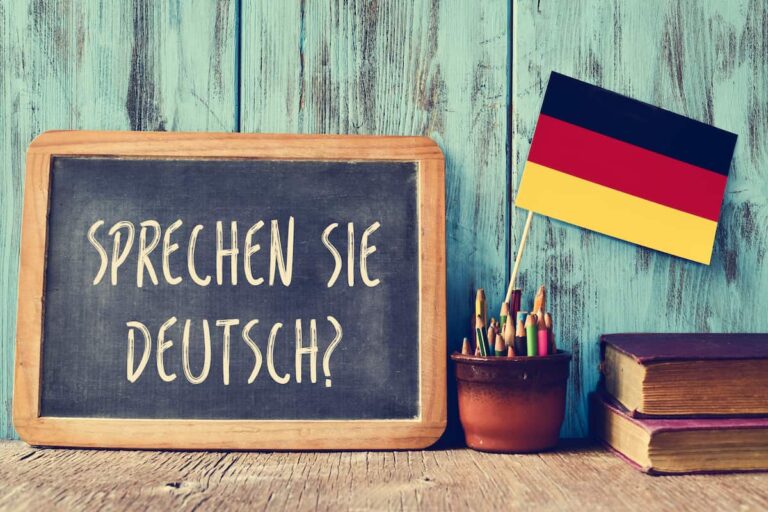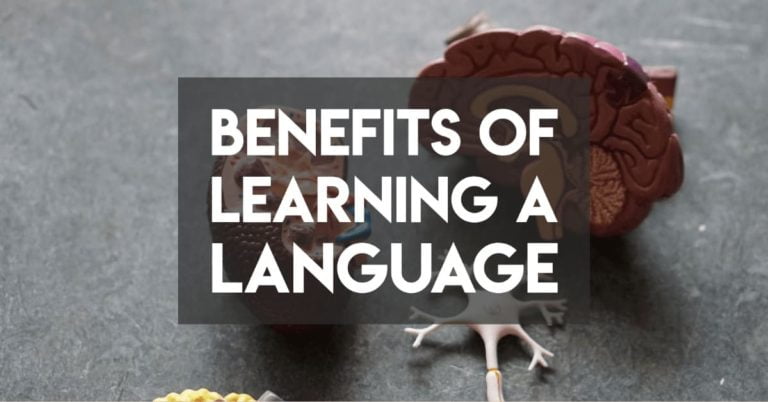Eight Interesting Arabic Facts for Beginners
I’m a strong believer that before starting to learn a language you should learn about a language.
This helps give you a kind of “size of the prize”. It explains the shape of the problem in front of you so you’re not surprised by bits of it later.
So, I’ve started to put together facts about languages from the perspective of a learner — because all of these languages (apart from English) I’ve had to learn at some point.
Here’s a list of interesting Arabic facts to start you on your Arabic language-learning journey. Enjoy!
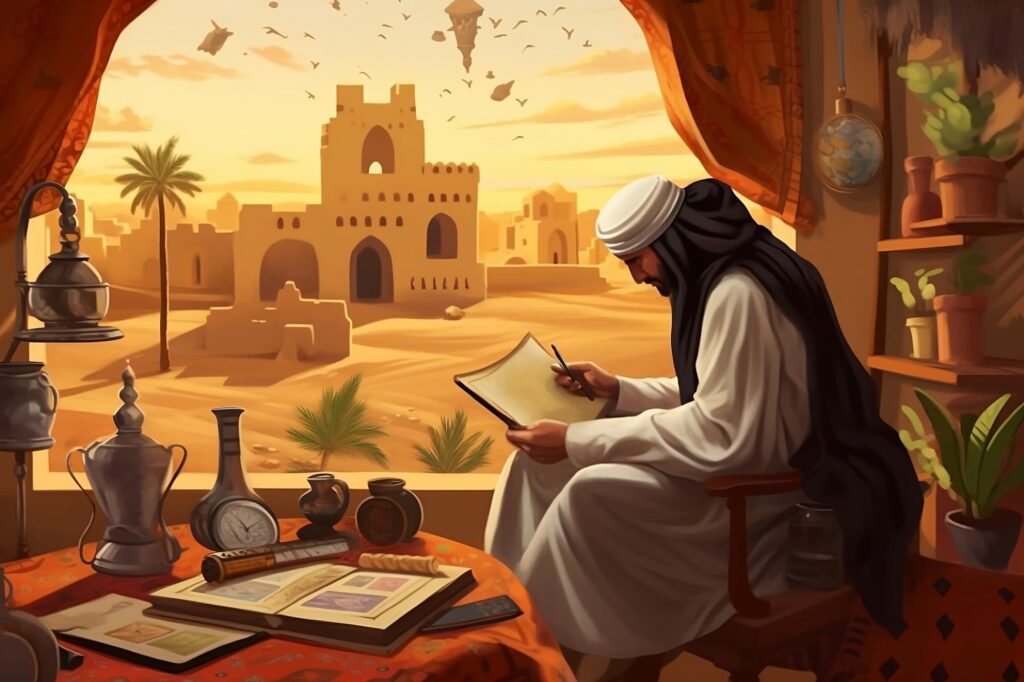
The Arabic Alphabet Has 28 Letters and Is Written Right to Left
A starter Arabic fact that might be familiar with you is that Arabic script is easier than it looks.
Most people will be loosely familiar with Arabic script.
At first blush, Arabic looks totally unintelligible. It doesn’t have a single letter in common with the Latin alphabet (or most other alphabets), after all.

But the Arabic writing system only has 28 letters!
The Arabic alphabet has these letters:
| Arabic | Pronunciation |
|---|---|
| ا | long a |
| ب | b |
| ت | t |
| ث | th |
| ج | j |
| ح | heavy h |
| خ | kh |
| د | d |
| ذ | dh |
| ر | r |
| ز | z |
| س | s |
| ش | sh |
| ص | heavy s |
| ض | heavy d |
| ط | heavy t |
| ظ | heavy z |
| ع | glottal stop |
| غ | gh |
| ف | f |
| ق | q (back of throat) |
| ك | k |
| ل | l |
| م | m |
| ن | n |
| ه | h |
| و | w or u |
| ي | y |
Some of the letters do have different forms, depending on whether they’re in the beginning, middle, or end of a word. But they’re very similar.
Once you’ve learned the Arabic alphabet, you’ll have learned the basics of how to read Arabic. Oh, except that the Arabic writing system doesn’t include short vowels!
Read next: How to Say Hello in Arabic and How to Respond
The Arabic Writing System Doesn’t Use Short Vowels
One hard-to-swallow Arabic fact is that short vowels are not explicitly written in Arabic, so you have to infer pronunciation.
There are two kinds of vowels in Arabic (as well as in Persian and Hebrew — they have very similar situations) — “long” and “short”.
Long vowels are a long a, i, and u sounds, represented by ا or ى (at the end), the very similar ي, and و (which can also be a w) respectively.
Short vowels are written in teaching texts or in the Quran, but aren’t written in contemporary modern Arabic.
For example the phrase “Do you speak Arabic?” (in MSA) is written “تتكلم عربي؟”. Sounding out those letters you see “t-t-k-l-m 3-r-b-y?” But it’s actually pronounced “tatakallum 3araby?”
The result is that you have to just “know” how words are pronounced in Arabic. Luckily there are many patterns and rules to help you, but you have to learn those just to be able to sound out words.
If it’s any consolation, consider that English speakers know how to pronounce “through”, “chew”, “though”, “bow” (when it’s a ribbon), “bow” (when it’s a verb), “bough”, and “cough”. The shape of the word informs the pronunciation, not the specific letters. After a while, it becomes natural. It’s not a great situation, but we adapt.
There Is a Kind of “Standard” Universal Arabic… but Almost Nobody Can Speak It.
When countries say their official language is Arabic, they’re referring to Modern Standard Arabic (MSA).
Modern Standard Arabic is a modernised version of Classical Arabic used in the Quran (the holy book of Islam).
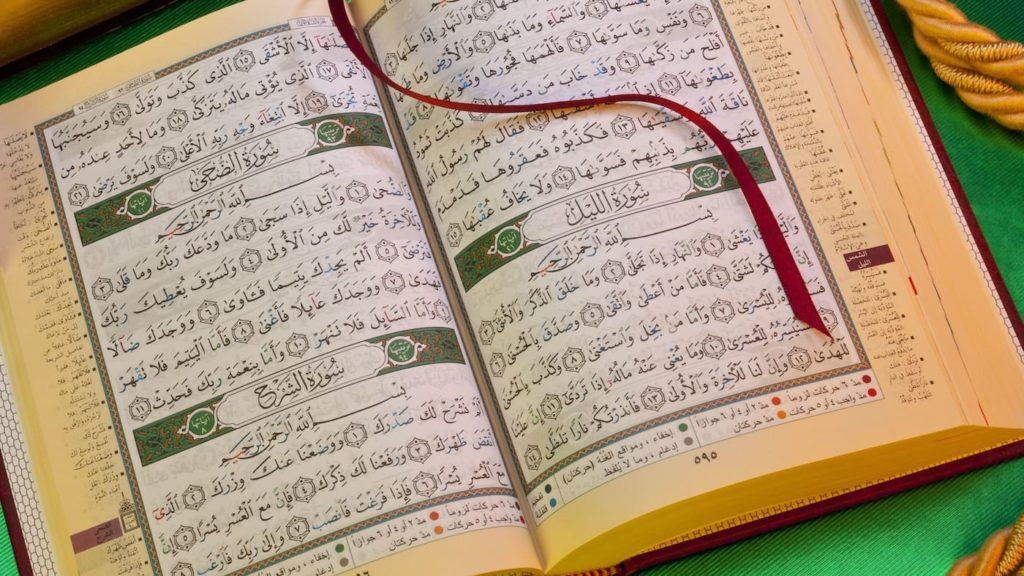
In principle, MSA is the same as Classical Arabic. In practice, there are many neologisms and loan words (like the Arabic word for “technology”), and the grammar is slightly simplified, with less emphasis on stress and case endings.
Classical Arabic is quite formal. The Quran is written with short vowels and other diacritical marks (known as tashkiil or Harakat) to reduce ambiguity in the meaning of the words..
Modern Standard Arabic is almost never written in this way with all diacritical marks — the major exception being beginner instruction books, or sometimes, children’s books.
The most important thing to know about MSA is that while most educated people can understand it, because it’s spoken on the news and is the language of the newspaper and books, most people in the Arab world don’t feel comfortable speaking it.
It’s important to understand that Arabic speakers might actually speak MSA quite well, better than most students, even if they say they don’t know it well.
But there’s pressure on Arabic speakers to know and use MSA very fluently, much more so than any foreigner. So while we’re OK to fumble along, they don’t feel the same way.
There Are 10 Major Dialects of Arabic, but the Exact Number Is Unclear

One of the first Arabic facts anyone has to learn is that there’s not just one kind of Arabic.
The first decision for most first-time Arabic learners is “Should I learn a dialect, or should I learn Modern Standard Arabic?” And again, our answer is that most people should learn a dialect first, and then MSA is a good second choice.
The second decision, though, is “Which dialect should I learn?”
The answer to this question is usually between a few major ones:
- Egyptian Arabic — spoken mostly in Egypt, but understood everywhere because of songs and movies
- Levantine Arabic — spoken in Jordan, Lebanon, Syria, and Palestine
- Maghrebi Arabic — spoken in Morocco and Algeria
- Gulf Arabic — spoken in the Gulf states
Those three pretty much cover most of the Arabic-speaking world.
There are of course other significant Arabic dialects. But unless you have a special interest — like, you’re living in Somalia or Libya — they’re not dialects you learn just because you want to learn Arabic.
The complicated thing is that even within each dialect there are sub-dialects and smaller languages. For example, in Egypt there’s a distinct Cairene way of speaking as well as an Upper Egypt dialect.
There’s an obvious difference between Cairene and Upper Egyptian — different words, grammar units, and accent — but it’s similar enough that actors (usually from Cairo) can pretend to be from Upper Egypt, and nobody has to “learn” another accent. But if you learned Egyptian Arabic in Aswan, you’d definitely sound different!
The general rule of thumb is that the greater the geographic distance, the harder it is for two people in the Arabic-speaking world to understand each other.
Once they are far enough apart, if two Arabic speakers want to communicate, they’ll either use a) their local language infused with Modern Standard Arabic (or entirely MSA), or b) another language, like English.
Arabic is the Most Spoken Language (Family) in Africa
When we look at the most spoken languages in Africa, we can see that a couple of Arabic dialects are among the most spoken — most notably Egyptian Arabic and Moroccan (Maghrebi) Arabic.
An often mistaken Arabic fact is that “Arabic is the most-spoken language in Africa”. This is a simplification because even though MSA is the official language of a number of countries, it doesn’t mean everyone understands it (or much less speaks it).
But still, all Arabic languages are heavily inter-related. They’re not necessarily mutually intelligible, but with a little effort (speaking slowly, limiting slang, using MSA words), someone educated from Tunisia can understand someone from Lebanon. (But put two people with only lower education together and you won’t have as much luck!)
The second thing to consider when discussing “African languages” is that while Africa is one large contiguous continent, if you mapped out the languages and cultures, you’d get a much more detailed (and messier) situation than where the geopolitical boundaries happen to lie.
That’s why the Arabic of Morocco and Algeria was more mutually intelligible decades ago before the border closed due to war.
That’s also why languages like Swahili, Hausa, and Zulu aren’t spoken in just one country, but tend to spill across whole regions, with many regional variations along the way.
So it’s a little arbitrary to just point at a block of the world and say “these people speak these languages”. Our world is more complicated than that these days.
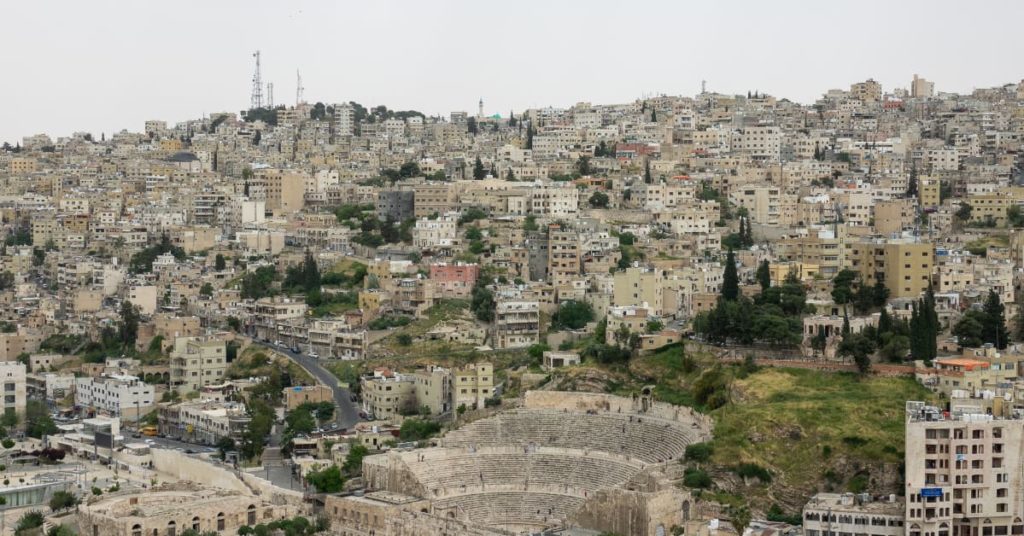
You Can Find a Large Number of Arabic Words in Many Languages Influenced by Islam
There are many Arabic loanwords in Persian and Urdu in Central/Southern Asia, and Swahili and Hausa in Eastern and Central Africa.
Persian has absorbed so many Arabic words that they have just become part of the language. In fact, Arabic words are used in a specific way in Persian — often in a different way from how the words are used in Arabic.
For example, the word معلّم (mo’allem) means “one who teaches”. It is used as the word for “teacher” in modern Persian. In Arabic, while this word is understood, it’s outmoded — the word مدرّس (modarres) is more common in spoken Arabic.
Swahili also has tons of Arabic loanwords covering a broad range of subjects. Many of these came directly from Arabic, and many others came via Persian. All of it was through trade along the coast of East Africa.
There are many varied examples of Arabic loanwords in Swahili, but the first one anyone encounters is habari, a short form of the Swahili greeting Habari yako?, which is used as “how are you?”. This word means “news” in Arabic and roughly has the same meaning in Swahili. “What’s news?”
Arabic Script Is Used by Persian, Urdu, and a Number of Smaller Regional Languages
It’s not just Arabic that has Arabic script. You’ll see the same script in a number of other languages, including Persian, Urdu, and a number of other smaller languages.
People often think that because those languages look the same they must be related in some way. But Persian, Urdu, and Arabic are totally unrelated! (Aside from loan words, anyway).
For example, the Uyghur language of the Xinjiang province in Western China, a Turkic language related to Uzbek, is written “ئۇيغۇر”. Outside Xinjiang, you can see examples of the written Uyghur language on banknotes in China.
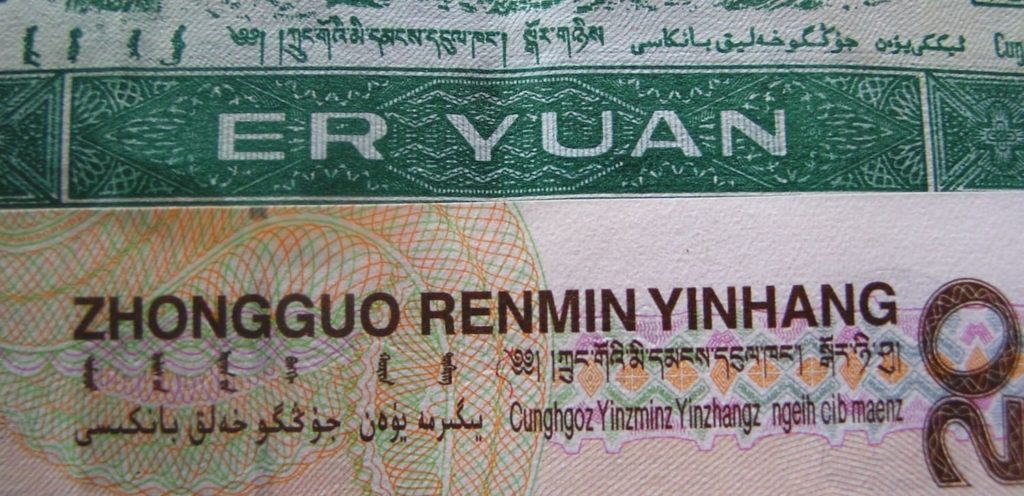
That’s a banknote from over a decade ago. I’m not actually sure if those scripts still exist, as these days China is giving less emphasis to its cultural minorities.
Urdu is basically the same language as Hindi, save for the script, and vocabulary imported from regional neighbours. Urdu is not at all related to Arabic — again, except in the case of loan words.
The Majority of Arabic Speakers Are Muslims, but Not All.
You don’t have to be a Muslim of any kind to speak Arabic.
I’m not just talking about foreigners (like us), either. There are many people who are culturally of other religious backgrounds who speak Arabic natively.
The most prominent example of non-Muslims who speak Arabic are the Christian populations of many middle eastern countries.
Some ten per cent of Egyptians are Coptic Christians. They speak Arabic natively — even using Islamic greetings if the situation presents itself — but do not identify at all with Islam. Their cultures are so aligned, however, that many Christians in Egypt talk about living as “Christians with Muslim culture“.
There are large Christian populations in many other Arabic-speaking countries like Lebanon, Syria, Jordan, and Palestine.
And not all Muslims speak Arabic — in fact, more than half don’t. The vast majority of Pakistanis, Indonesians, and Malays don’t speak Arabic — and that’s 400M+ people.



